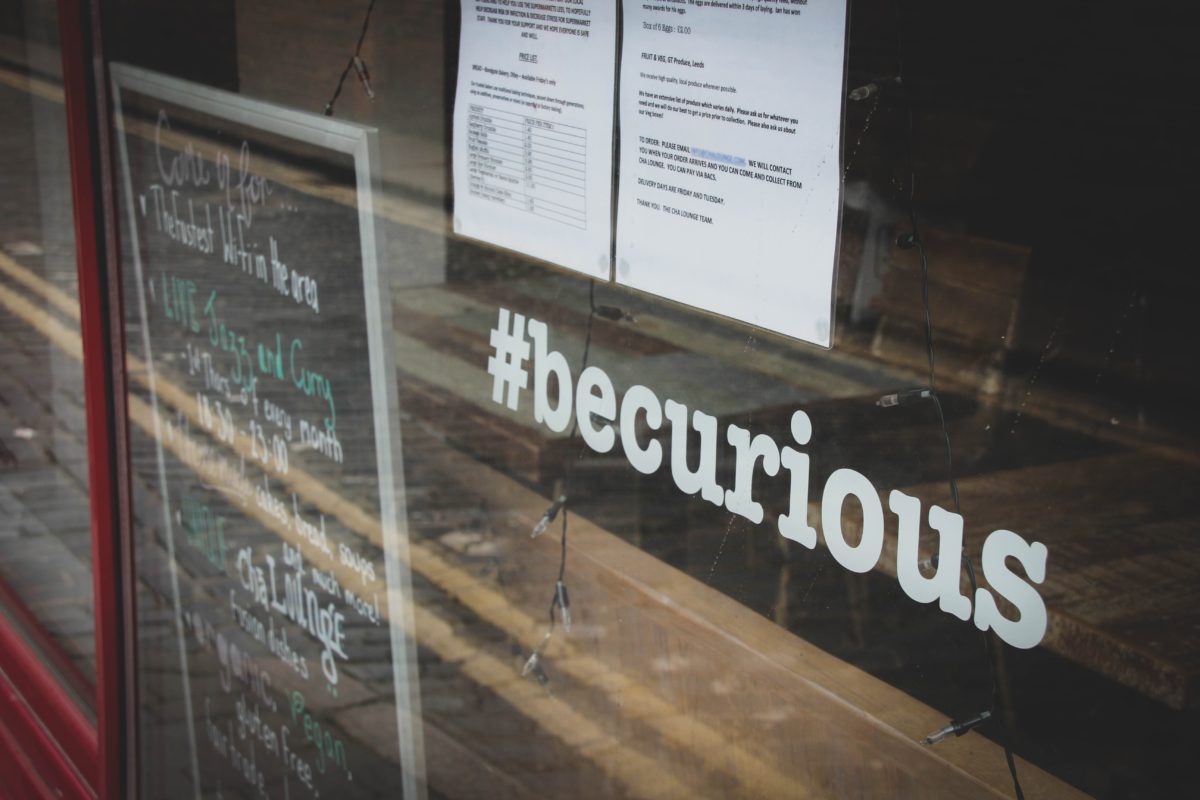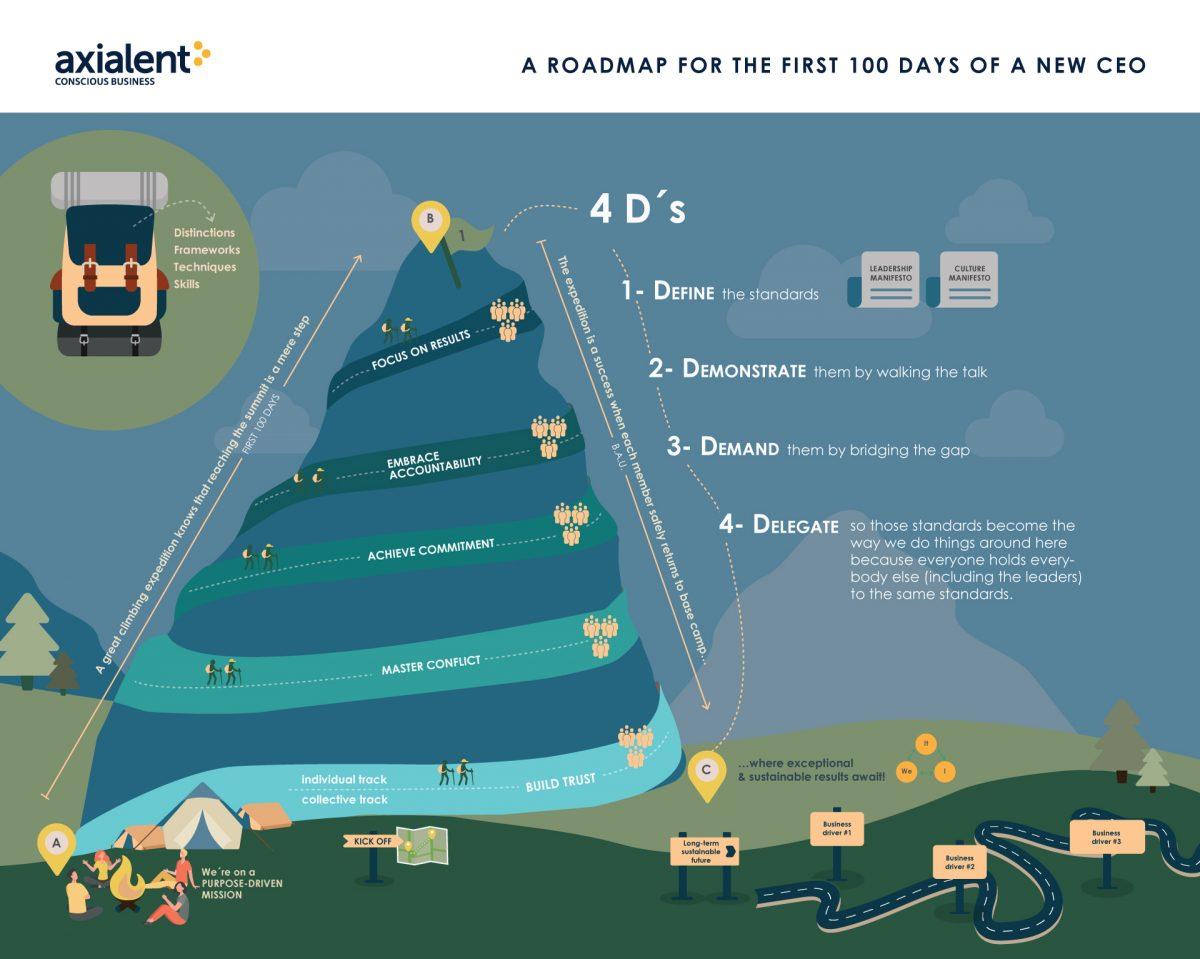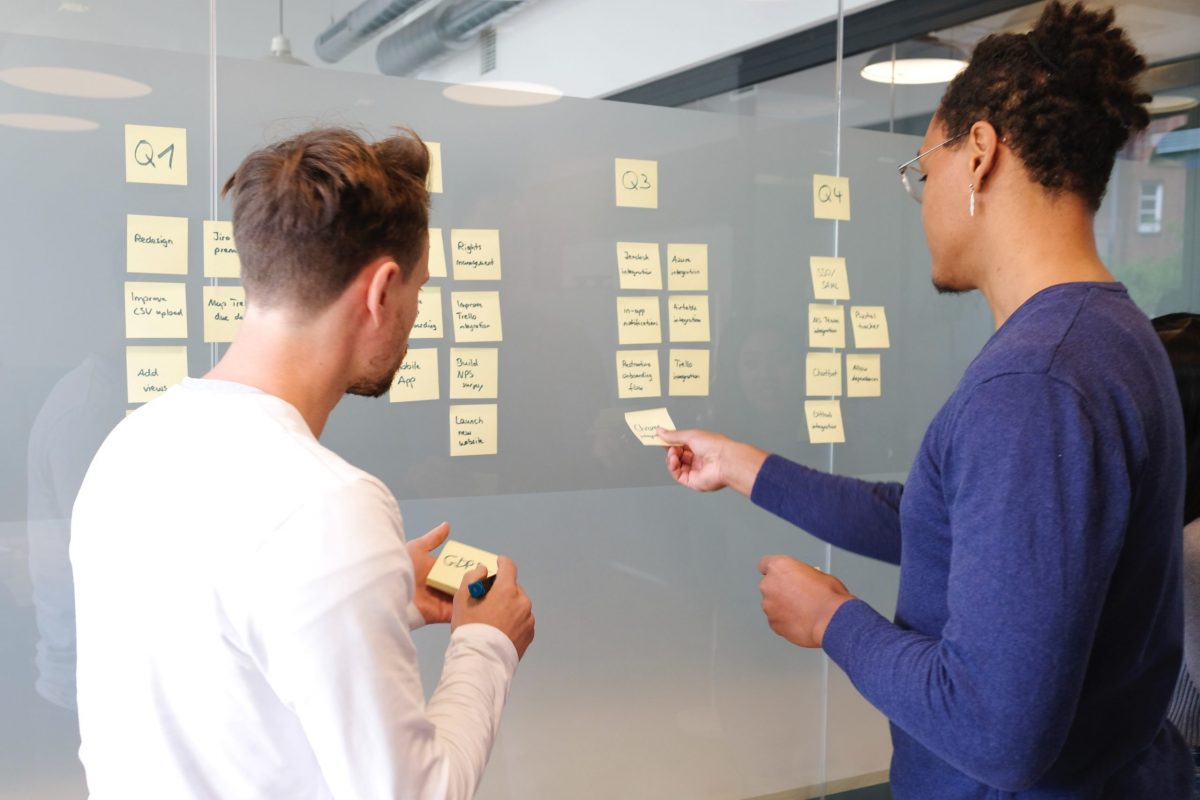Stefaan van Hooydonk, Founder of The Global Curiosity Institute, sat down with Axialent‘s Anabel Dumlao and internationally experienced CHRO Niklas Lindholm to explore how curiosity in leadership creates successful cultures. In this talk, they explored a variety of topics relating to curiosity in the workplace including leadership, high performance, and culture.
The Case for Curiosity
It is no longer a well-kept secret that mindset shifts that tap into curiosity, such as from a knower to a learner mindset, are particularly effective in the business world of today. According to the Harvard Business Review: “New research reveals that fostering curiosity has a wide range of benefits for organizations, leaders, and employees.” These benefits include:
- Fewer decision-making errors.
- More innovation and positive changes in both creative and noncreative jobs.
- Reduced group conflict.
- More open communication and better team performance.
Stefaan spoke about the correlation between curiosity and leadership. Curiosity is often taken for granted, but extremely important strategically. Often, companies start on a high note and are innovative, but after a while, if they have experienced success, they become less curious and take things for granted.
They think they are in control, and start to operate more or less on autopilot and copy the formulas for success that worked in the past. Companies like Blockbuster, Toys R Us, and Kodak are all examples of companies that were trying very hard to replicate the past – and were not ready when their industries changed.
The question then arises, do organizations kill curiosity themselves? As start-ups maybe not, but once they scale, it seems so. According to research by the Global curiosity institute:
- Leaders are twice as ready to say their organization supports curiosity in comparison to the people who report to them
- After 3 years in the same role, the curiosity of an employee diminishes
- Middle-level managers are about four times less positive about curiosity compared to team leads or senior executives
- 24% of people regularly feel less curious at work

Learning about Curiosity
Depending on the company and its culture, there can be a little more attraction or distraction related to curiosity. Before the 1950s, curiosity had a very negative connotation. It was only later that curiosity was linked to science, discovery, and exploration. Stefaan’s definition of curiosity is: “Curiosity is the mindset to challenge the status quo, explore, discover, and learn.” It may take time for people to be encouraged to think about how much it is a good versus a negative thing.
Dimensions for curiosity include:
- Cognitive curiosity – “the world” – (resulting in innovation and creativity)
- Interpersonal curiosity – “others” – (leading to empathy)
- Intrapersonal curiosity – “ourselves” – (igniting resilience and self-awareness)
Stefaan explained that the opposite of curiosity is conformity, which is always a base position. Conformity “tries to keep us in the status quo, and prefers a comfortable past over an uncertain future”. The predictability makes us feel good and gives us a sense of being in control.
This is not to say that it is unnecessary. Individuals and companies do need a sense of predictability. It becomes a danger, however, when we start losing awareness of conformity and don’t marry it with curiosity. The ideal situation is somewhere in the middle allowing for both.
Curiosity in a Fast-Changing Business World
The case has become clearer out of COVID. We are realizing that some of the ideas we had are not relevant anymore, or are only partially relevant. Curiosity is especially important nowadays because company environments are changing all the time.
While 90% of leaders now believe investing in curiosity is worthwhile, in practice, 50% say spending time focusing on curiosity could distract from priorities. Leadership is an important activator for curiosity in teams. Often, managers don’t realize the shadow they cast on the team. Poor leaders stifle curiosity, but great leaders who are intentionally curious uplift the team by encouraging them to follow their own behaviors.
One simple way to increase curiosity is to ask for reverse feedback. According to a study by the Global Curiosity institute, 23% of first-line people managers ask subordinates how they are doing themselves while only 46% of middle managers do.
Reverse feedback is a beautiful gift for a manager to give to themselves. Asking the open question of “how am I doing?” can be frightening. The more a manager says he or she does not know, the more respect they get. In many cultures, the idea is that being paid more means you must have more of the answers. You don’t have to. Inviting the team to come up with a solution together empowers them.
Companies that embrace a culture of openness are outperforming their peers (ex. Microsoft). They transformed their culture through:
- A focus on workplace curiosity
- Switching from a culture of “know it all” to “learn it all”
- A willingness to embrace a growth mindset and explore biases
- Nonviolent communication
Many other companies are also embedding curiosity at the level of corporate values as a guiding principle. For example:
- Pepsi: Project marketplace inviting employees to apply to join limited-time projects in other departments.
- McKinsey & Company: focus on the value of “Obligation to dissent” for all their employees.
- Xicato: sales teams are incentivized to sell new products with a higher commission, enabling them to look for new markets.
- Google: With the “20% project”, Google is allowing employees to spend 20% of their time working on passion projects to keep the spirit of innovation alive.
- Fiskars: Leadership development is primarily structured around self-exploration of one’s own purpose and clarification of one’s individual values.

Fostering Curiosity in Individuals, Teams, and Organizations
Stefaan described the difference between A-players and B-players, and how it actually pertains to curiosity. A-players harbor intentional curiosity. These are people who don’t necessarily need training because they are always ahead of the game. They learn and read more, have humility, and are not afraid to not “know” and to seek knowledge. They don’t just learn in their own specialty area but expand to grow in other intersectional areas.
B-players want to learn and grow but have lost something along the way in their childhood or work that has stopped them from continuing to learn. Managers say they want A-players, but a lot of times they settle for B-players and don’t want people who stick out their necks and challenge the status quo. Other managers really welcome such employees. Curious organizations need curious employees.
Niklas spoke to the importance of creating a psychologically safe environment in order to have a curious organization or team. People need to feel that there are safe spaces for them to express ideas, and to fail. This requires a level of inclusive leadership.
Dictatorial leaders will not allow new ideas. At the heart of inclusive leadership is coaching, which is very connected to curiosity. Coaching facilitates getting the right questions on the table.
He also shared that it is important as a company from the onset to have curiosity embedded into its strategy, mission, purpose, and values. This will remind employees to stay curious, and connect curiosity to all the activities that are happening. It is extremely important to stay transparent in order to spark interest and adoption of the plans.
It may be helpful to rank values according to which ones are actually being lived by. Curiosity might actually be the lowest if companies have the greatest difficulty delivering on it. Once awareness is there, figure out what you can do about it. Brainstorming techniques to increase curiosity don’t take a long time. You don’t have to go to the forest to have new ideas — it can be as simple as a 60–90-minute exercise.
Ultimately, Niklas shared that exploration is one of the best outcomes of curiosity. This pertains to the external culture, where people are exploring and understanding what’s happening outside with the market and customers. It is important to put emphasis on the external world. Companies that are too internally focused start dying.
Anabel spoke to symbols in culture, and how important they can be in highlighting what is important and valued in an organization. When it comes to curiosity, do leaders dedicate time toward it? If it’s not on their agenda, it is telling the message that leadership doesn’t truly value it. It also shows through role modeling – do managers listen to fix or to learn? Do people come out of meetings with leaders alive and energized, or is it the other way around?
Increasing Curiosity
Curiosity can be baselined and treated scientifically. We are starting to see companies that are measuring and realizing where they actually are by being intentional about curiosity.
3 concepts to embrace to get better at curiosity:
- Awareness – how aware are you of how you are showing up as a leader?
- Intentionality – in adopting and inviting curiosity
- Measurement – there are now a number of assessment tools that you can explore
The Global Curiosity Institute scored several multinational companies on 9 dimensions of environmental curiosity, and their research shed light on aspects where there is still room for improvement. The top 3 distractors below are where companies wanting to remove limiting barriers to curiosity should focus their enhancement efforts.
Top 3 distractors from curiosity:
- Internal processes and practices
- Innovation mindset (including acceptance of failure)
- Culture of openness
Curiosity is a powerful concept that has, in a way, molded humanity’s path through innovation and industrial revolutions. To learn more about this concept, watch the entire webinar below or get in touch with our experts.








 and the list goes on.
and the list goes on.
 Beginnings, or new beginnings, are exciting. They create momentum, but it’s a hard job to keep the flame alive. If the leadership team does an excellent job with the four D’s mentioned in article two, there’s a higher chance that the flame will last longer. However, they will need a sustainable fuel source for that flame because eventually, it will die out. No matter how well-intended the leaders are, their behaviors are not enough to consolidate an evolving or transforming culture. Culture needs to be hinged on systems to endure.
Beginnings, or new beginnings, are exciting. They create momentum, but it’s a hard job to keep the flame alive. If the leadership team does an excellent job with the four D’s mentioned in article two, there’s a higher chance that the flame will last longer. However, they will need a sustainable fuel source for that flame because eventually, it will die out. No matter how well-intended the leaders are, their behaviors are not enough to consolidate an evolving or transforming culture. Culture needs to be hinged on systems to endure.


 To whom are we roped?
To whom are we roped? 

 This is precisely how innovation in a corporation works. It is a hard job, with multiple tasks and things to do. You might be working on designing a new solution, defining the precise value proposition, and trying to get the buy-in from different stakeholders. Suddenly, an apparently simple problem is holding things up, and you might feel like it is the end of the world. You feel shame. You question your value, your capabilities, your management skills, or even your work.
This is precisely how innovation in a corporation works. It is a hard job, with multiple tasks and things to do. You might be working on designing a new solution, defining the precise value proposition, and trying to get the buy-in from different stakeholders. Suddenly, an apparently simple problem is holding things up, and you might feel like it is the end of the world. You feel shame. You question your value, your capabilities, your management skills, or even your work.